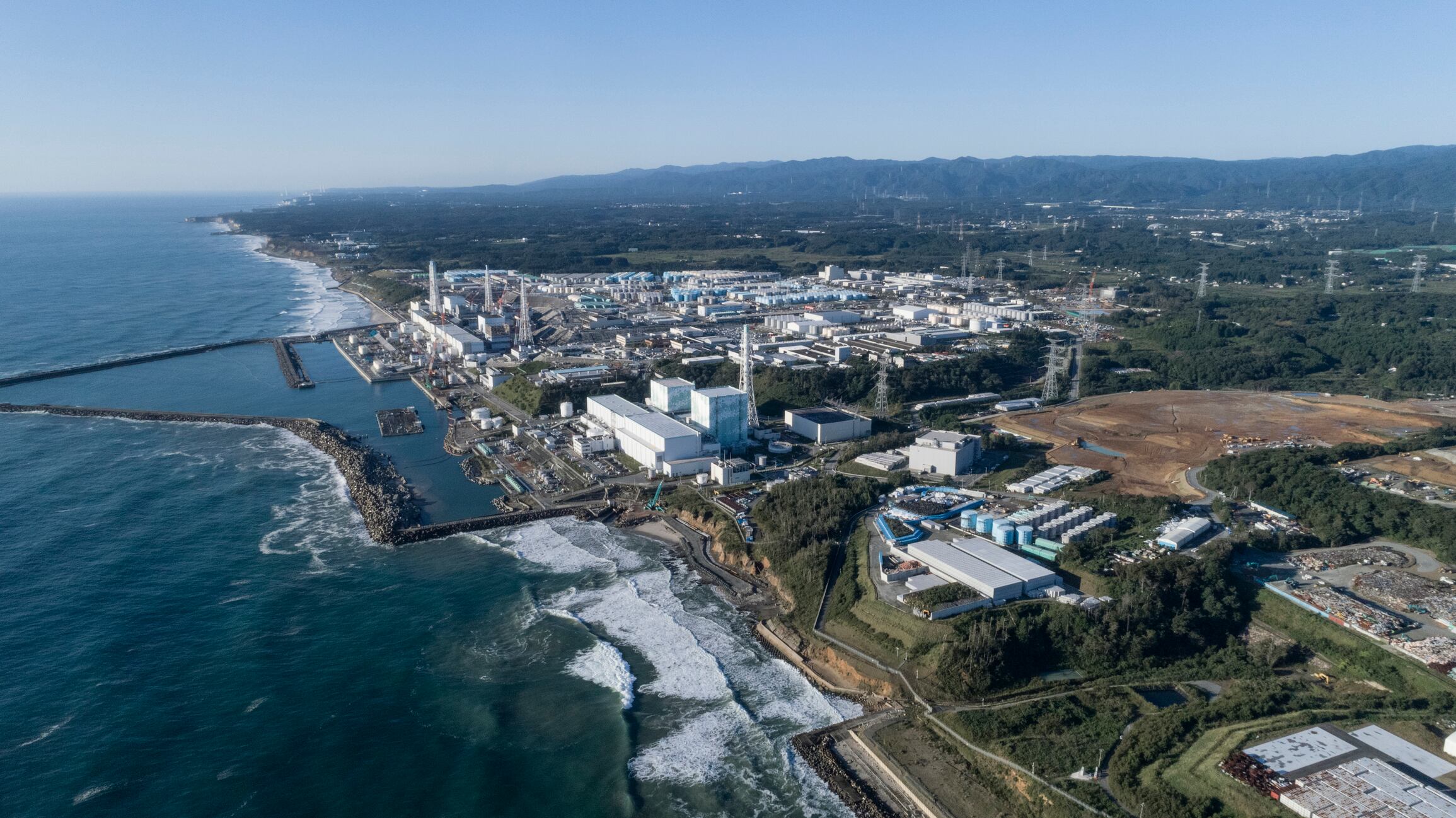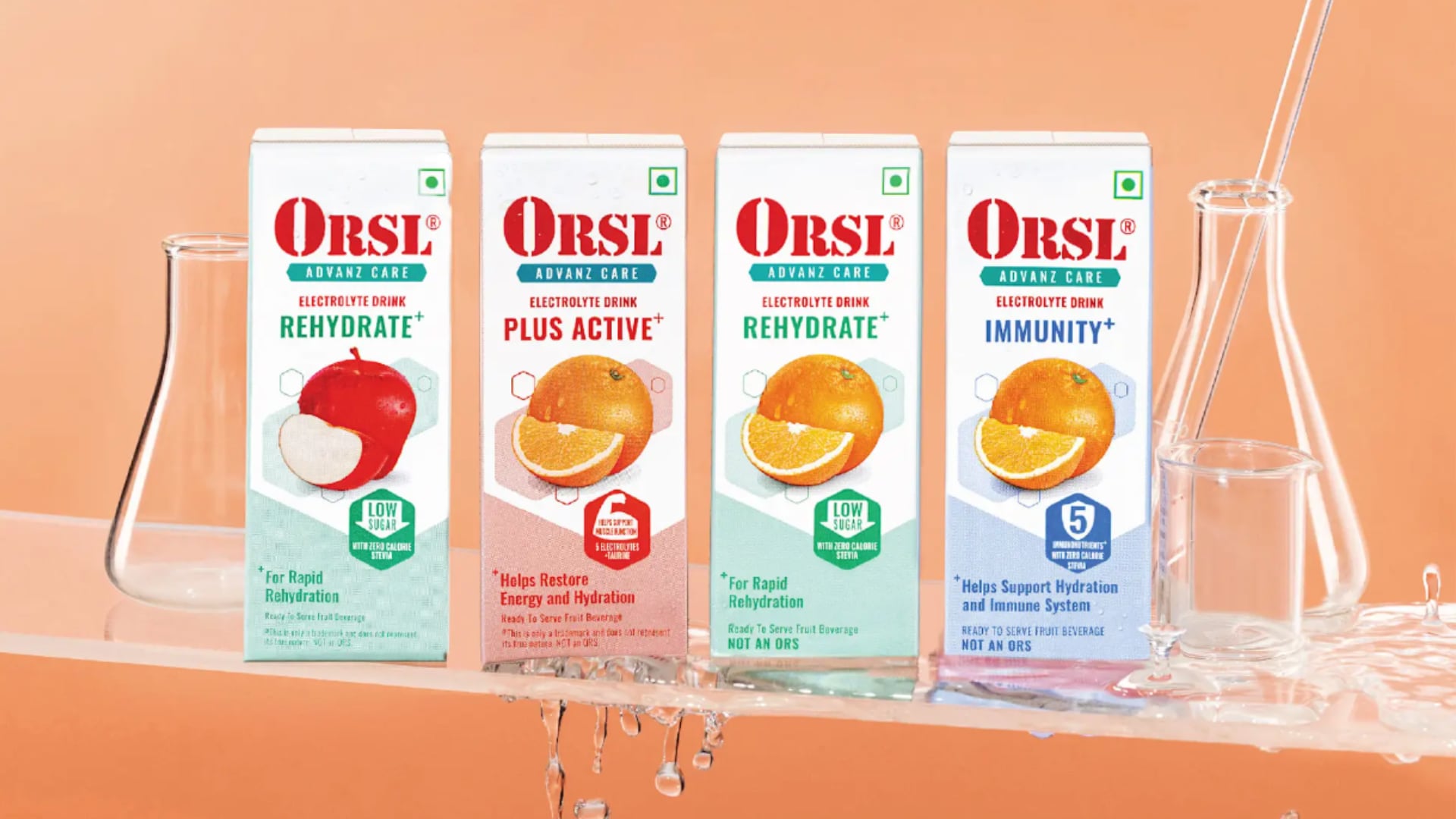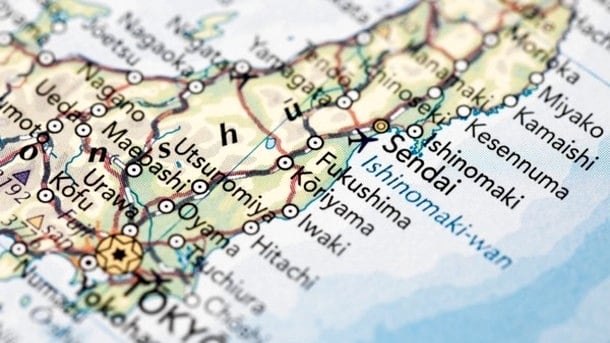IAEA operates independently but is part of the United Nations (UN) system, responsible for the promotion of safe, secure, peaceful nuclear technologies not to be used for military purposes.
Japan has been under fire from various nations, particularly its neighbouring countries, since it first released treated wastewater from the 2011 Fukushima nuclear disaster into the ocean in 2023.
That said, the IAEA has been supportive of this move since the very beginning, stressing that the wastewater release was ‘appropriate’ and health risks were ‘negligible’.
Two years on, Japan continues to face challenges with regard to reinstating barrier-free trade with markets that had put measures in place after the Fukushima disaster such as China, Hong Kong, Taiwan and Russia, with previous tensions futher exacerbated as a result of the wastewater release.
Despite China showing some signs of softening its stance, things are not straightforward as Asia’s largest market has also been one of the biggest opposers to the wastewater release, having previously retaliated strongly with an outright ban on Japanese seafood.
Amid Japan’s quest to regain full acceptance for its global seafood trade, IAEA has further reinforced its support with the publishing of three new reports highlighting the safety of seafood in areas where the wastewater was previously released.
“Our analysis shows that radionuclide activity concentrations measured in seawater and fish samples [around the area] are low, far below levels that would cause concern for human health or marine ecosystems,” IAEA stated via the reports.
“This has been independently verified by multiple international laboratories from Japan, China, South Korea, Switzerland and the IAEA.
IAEA report radionuclide activity and labs involved
Radionuclide activity detected:
- Seawater - Tritium (3H) levels: 0.05-0.12 Bq/L
- Fish - Caesium-137 (137Cs) levels: 0.2-0.3 Bq/kg
Laboratories that participated in the study
- IAEA Marine Environment Laboratories, Monaco
- Japan Chemical Analysis Center (JCAC), Japan
- KANSO TECHNOS, Japan
- Kyushu Environmental Evaluation Association (KEEA), Japan
- Korea Institute of Nuclear Safety (KINS) South Korea
- Marine Ecology Research Institute (MERI), Japan
- Spiez Laboratory (Labor Spiez), Switzerland
- Third Institute of Oceanography (TIO), Ministry of Natural Resources, China
IAEA also stressed these results are consistent with the conclusions it had initially released in 2023 via the IAEA Comprehensive Report on the Safety Review of the ALPS-Treated Water at the Fukushima Daiichi Nuclear Power Station.
“As per the report, IAEA had previously concluded that stated that the wastewater discharge as planned would have a negligible radiological impact to people and the environment,” it stated.
“The current results are also consistent with all applicable international safety standards.”
How safe is the Fukushima affected area now?
But even as Japan pushes ahead with attempts to reinstate full trade, the sobering reality for the country is that its problems are not over, and the Fukushima disaster site itself remains far from clear of nuclear waste even after more than a decade – and a lot more work is still to come.
“The target for complete decommissioning is by 2051. Realistically, we are aware of the difficulty [to achieve this target] but we will not drop the goal just yet, as we still don’t have a clear work schedule after the full-scale removal begins,” the site’s chief decommissioning officer Akira Ono told local media at a press conference.
As it is, the site operator has said that the removal of melted fuel debris from the damaged reactors will likely not begin until at least 2037 as it will require 12 to 15 years of preparations such as reducing radiation levels and building the necessary facilities to ensure safe operations.





